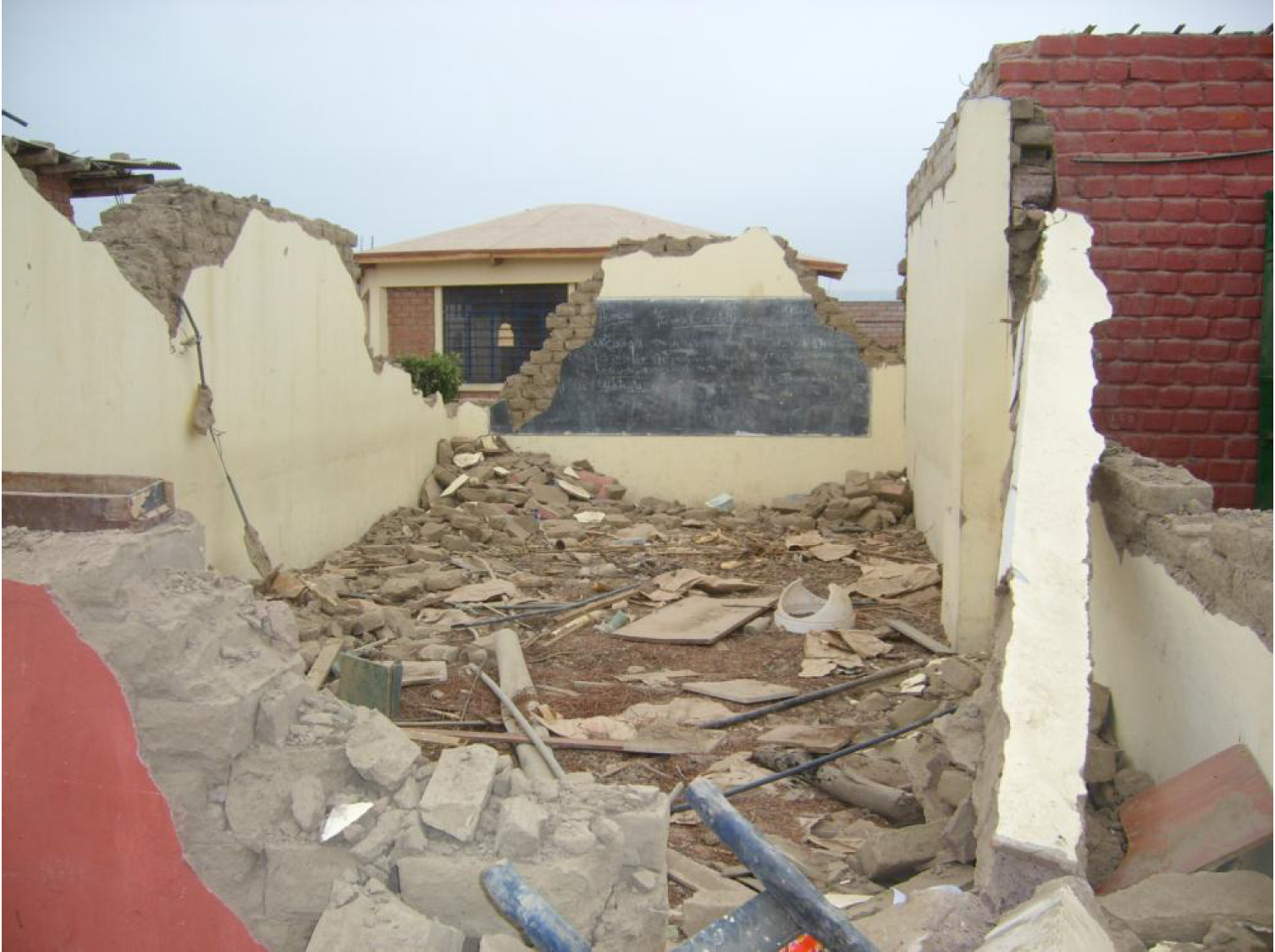Providing technical assistance and architectural guidelines for seismic retrofit and redesign of existing schools in Lima, Peru.
The project aims create a better climate for learning and risk mitigation by achieving a link between the existing school and its immediate neighborhood. For incorporating the urban component to the existing risk agenda, of the Lima Safe Schools Initiative, it is important to acknowledge the different stakeholders that could actively participate in a risk reduction strategy. If the schools are re-thought as points of integration amongst the above stakeholders, its potential to create larger impact are more feasible. A school that is socially embedded and socially own by its community will be well kept and maintained. One of the most interesting potentials of the site is to rethink the schools in relation to its immediate physical context. Sometimes, the schools are adjacent to parks, churches, community centers, etc. Nonetheless, this opportunity is underutilized as most of the times the schools remain closed to them and surrounded by walls. The interventions that are done to the schools could harness these context-base potentialities: proximities between public spaces or redefinition of a street section. The schools could become nodes within urban corridors. Creating a local based axis along the neighborhood is interesting if it’s coupled with the idea of possible evacuation routes. For example: designed street sections to evacuate safely in case of a natural hazard.
Partners
Fernando Ramirez Cortes Sr. Disaster Risk Management Specialist, World Bank
Juan Carlos Lam, Laura Torà Carod - World Bank
Links
World Bank
Contributors
Miho Mazereeuw, Zahraa Saiyed, Oscar Malaspina, David Moses





